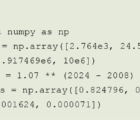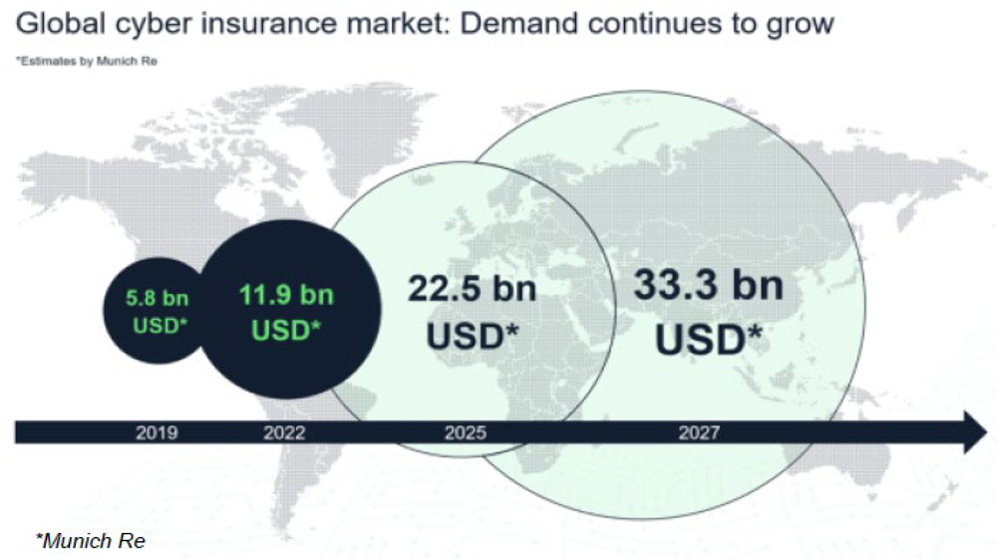In October 2014, I had the distinct honor and pleasure of cohosting a webinar with the Innovation Council chairs on how innovation has influenced my career as a CAS Fellow.
We began that discussion by introducing some key pillars of innovation, as presented by Susan Wojcicki, author of The Eight Pillars of Innovation. I then spoke about how my experiences in the evolution of pricing sophistication mirrored these pillars. It was a great opportunity to briefly present some of the key ideas showing how innovation is embedded within our actuarial community. In this article, I want to expand upon some of the ideas presented in the webinar that really resonated with me.
 Pillar 1. Never Fail to Fail
Pillar 1. Never Fail to Fail
To me, this pillar has everything to do with having the courage to experiment beyond the familiar.
Said another way, failure is inevitable and acceptable if you learn quickly and apply the lessons learned from that failure. As Brian Tracy, the author of How the Best Leaders Lead, once said, “Move out of your comfort zone. You can only grow if you are willing to feel awkward and uncomfortable when you try something new.”
Informally this pillar reminds me of my children’s elementary school. One of the key principles that children are taught is that “failure leads to success.” This echoes my own experience developing predictive models for two reasons:
A. Predictive modeling is formalized experimentation. In an analysis I start with a large set of variables and then wind up with a much smaller set of variables and interactions that correlate with the risk that is being modeled. I use statistical tools — all of which can fail — to assist in the analysis. I then supplement this with non-statistical tools such as consistency tests and business judgment. This is considered a standard way to model. But if you think about this procedure, it is really a rigorous approach to comparing a huge number of experiments, the vast majority of which don’t make the final cut.
B. The second perspective is much less technical. Many models have been developed that were technically superior but ultimately fell short of expectations. The reason for their failure, however, had more to do with the culture and environment in which those models were deployed. Resistance to change is a common issue and, more importantly, there is an intense fear that new techniques will fail. Our challenge is to change that culture of resistance and fear through education, inspiration and experience.
Pillar 2. Strive for Continual Innovation, Not Instant Perfection
I spent about four years of my career in a data and systems unit that supported the actuarial division of the organization. One of my projects was to design the business requirements for the data warehouse that would support the analytics of the organization. In the beginning, I approached this role in a very meticulous and systematic way because, as an actuary and predictive modeler, I knew that identifying and fixing data issues would result in much better models. Of course, the early models my team developed identified even more data problems than before. At first, we would go back and fix the data before building more models. However, it became painfully clear that too much or too little time spent in data assembly would jeopardize the success of the effort. We recognized that the lift generated in building initial models with imperfect data far outweighed the inaccuracies. Ultimately, the output of the model was then used to determine what should be done now versus what could be fixed in future iterations. Modeling would never improve or evolve without a change in our attitude about the notion of perfection.
Pillar 3. Look for Ideas Everywhere
Our own actuarial literature is rich in insight on how different techniques can be used to analyze and model different risks. For example, much of the early literature in ratemaking form the foundation of how territorial risk analysis should be incorporated in a predictive model.
Note, innovation does not come prepackaged and is not beholden to the actuarial community. Some of the best models are enhanced by perspectives from other disciplines. Underwriters can provide guidance as to what to look for in underlying frequency models just as claims specialists create value by guiding the severity models. The culture of innovation encourages inclusion.
We should be open-minded on how sophisticated approaches and related disciplines help
us better understand and quantify both risk and uncertainty.
Looking Back and Ahead
Over the past 15 years, it has become clear that the impact of predictive modeling has and will continue to have a significant influence over the insurance industry. Modeling allows us to more accurately identify and assess the underlying risk. This process would not have happened without innovation. The successful growth of predictive modeling and, to a greater extent, the growth of the actuarial practice requires a commitment to continuous innovation.
This requires us not to focus on what we can’t do, but to center our energy and creativity on what we can do.
Serhat Guven, FCAS, is Americas P&C Sales and Practice Leader for Towers Watson in San Antonio, Texas. His first CAS volunteer position was as a candidate representative on the Student Liaison Committee in 1999.











